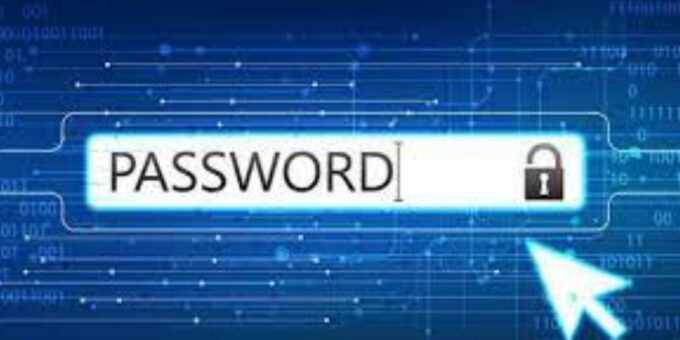
In our increasingly digital world, protecting your online accounts is more important than ever. A strong password is your first line of defense against cyber threats. However, creating and managing strong passwords can be challenging. This guide will help you understand how to create robust passwords and manage them effectively to keep your information safe.
The Importance of Strong Passwords
A strong password can prevent unauthorized access to your accounts, protecting your personal information, financial data, and more. Weak passwords are easy for hackers to crack, often using automated tools that can guess thousands of combinations in seconds. Therefore, creating a strong, unique password for each of your accounts is crucial.
Characteristics of a Strong Password
- Length: The longer the password, the better. Aim for at least 12 characters.
- Complexity: Use a mix of uppercase and lowercase letters, numbers, and special characters (e.g., !, @, #, $).
- Unpredictability: Avoid using easily guessable information like your name, birthdate, or common words.
- Uniqueness: Each password should be unique to avoid a single breach compromising multiple accounts.
How to Create Strong Passwords
- Use Passphrases: Combine random words to create a passphrase. For example, “BlueBanana!Ski7River”. This approach makes passwords longer and more secure while still being memorable.
- Randomly Generated Passwords: Use a password generator to create random combinations of characters. These are typically the most secure because they are completely unpredictable.
- Mix It Up: Combine letters, numbers, and special characters in unconventional ways. For example, “T3@ch3r$L0v3Coding!” is much stronger than “teacher123”.
Managing Passwords Effectively
- Use a Password Manager: Password managers store and organize your passwords securely. They can also generate strong passwords for you and automatically fill them in when needed. Popular options include LastPass, Dashlane, and 1Password.
- Enable Two-Factor Authentication (2FA): 2FA adds an extra layer of security by requiring a second form of verification, such as a code sent to your phone, in addition to your password.
- Regularly Update Passwords: Change your passwords periodically, especially for sensitive accounts like email and banking. If a service you use experiences a data breach, update your password immediately.
- Avoid Reusing Passwords: Reusing passwords across multiple accounts increases your risk. If one account is compromised, others are vulnerable.
- Backup Your Passwords: Keep a secure, offline record of your passwords in case you lose access to your password manager.
Tips for Remembering Passwords
- Create Mnemonics: Develop a mnemonic or memory aid to help recall complex passwords. For example, “MyCat4Eva!” could remind you of “My Cat Forever!”.
- Write It Down (Securely): If you need to write down passwords, keep them in a secure place, such as a locked drawer, not on a sticky note on your computer.
- Use Patterns You Can Recall: Use patterns or sequences that make sense to you but are hard for others to guess. For example, using the first letters of a sentence: “I live at 123 Elm Street since 2010!” could become “Il@123ESS2010!”.
Conclusion
Creating and managing strong passwords is essential for protecting your online accounts and personal information. By following the guidelines above, you can significantly enhance your security. Remember, a little effort in securing your passwords can save you a lot of trouble in the long run. Stay vigilant and make password security a priority in your digital life.